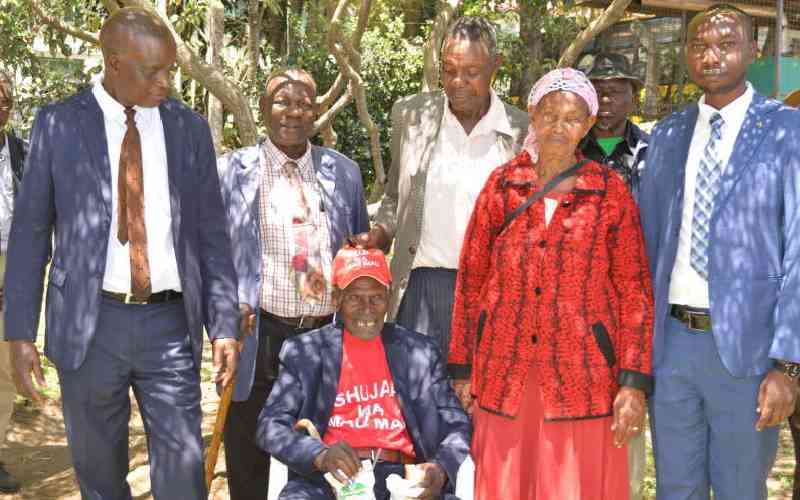Jomo Kenyatta's call at Independence to 'Go back to the land' was okay back then. The population was a mere 9 million people and the land was there for those who really wanted to till it. Kenya had to become food-sufficient.
And Kenyans made a good job of it. Now Kenya has over 40 million people and the land mass has remained the same.
We need to think of a new strategy as it appears that the model is no longer feasible in the majority of cases. What is more, a look around the world seems to confirm this conclusion.
All indicators show that the fewer the people who live in the rural areas, the better for food production. More land is made available to produce food for the people, thanks to mechanisation.
For those who doubt, look at the following examples.
In the USA, the number of people living in non-metropolitan counties stood at 46.2 million out of a total population of over 300 million people in 2013. In other words, nearly 15 per cent of US residents were spread across 72 per cent of the total land area.
As if that is not enough, rural areas have been losing populations for the last three years. Hundreds of individual counties have lost the population over the years but this is the first period of overall population decline in non-metro America.
In the UK, the trend is the same. In 1990, 11.3 per cent of the population lived in rural areas. In 2000, this came down to 10.6 per cent of the population. By 2010 there was further decline and only 9.9 per cent of the 62 million people lived in the rural areas.
In France, the same trend obtains. In 1990, 26 per cent of the population lived in the rural areas. In 2000, the percentage dropped to 24 per cent and in 2010 it dropped further to 22.2 per cent. That means 77.8 per cent of the folks live in towns and cities.
In Japan, about 30 per cent of the people live in rural areas. In Israel, it is 9 per cent of the population leaving 91 per cent in the urban areas. The proportion of Canadians who live in rural areas has been dropping and in 2011 fell below 1 in 5 Canadians to 18.9 per cent.
Of the almost 20 million Australians, only just over 2 million live in rural Australia. In Brazil, over 87 per cent of the people live in urban areas.
In South Africa, the proportion of people living in urban areas increased from 52 per cent in 1990 to 62 per cent in 2011, according to the World Bank. In Botswana, 61 per cent of the people live in urban areas. In Nigeria and Cote d'Ivoire the urban and rural population is divided almost equally. In Angola just less than 60 per cent of the population lives in the urban areas.
However in India, 2 in 3 people live in rural areas, and in China, more than 1 in 2 people live in rural areas. And in Kenya over 77 per cent of the people live in rural areas.
Which model is right, to live in urban areas and free land for food production or to overpopulate the rural areas and starve the country of productive land? That is the question.
Stay informed. Subscribe to our newsletter
 The Standard Group Plc is a
multi-media organization with investments in media platforms spanning newspaper
print operations, television, radio broadcasting, digital and online services. The
Standard Group is recognized as a leading multi-media house in Kenya with a key
influence in matters of national and international interest.
The Standard Group Plc is a
multi-media organization with investments in media platforms spanning newspaper
print operations, television, radio broadcasting, digital and online services. The
Standard Group is recognized as a leading multi-media house in Kenya with a key
influence in matters of national and international interest.
 The Standard Group Plc is a
multi-media organization with investments in media platforms spanning newspaper
print operations, television, radio broadcasting, digital and online services. The
Standard Group is recognized as a leading multi-media house in Kenya with a key
influence in matters of national and international interest.
The Standard Group Plc is a
multi-media organization with investments in media platforms spanning newspaper
print operations, television, radio broadcasting, digital and online services. The
Standard Group is recognized as a leading multi-media house in Kenya with a key
influence in matters of national and international interest.








